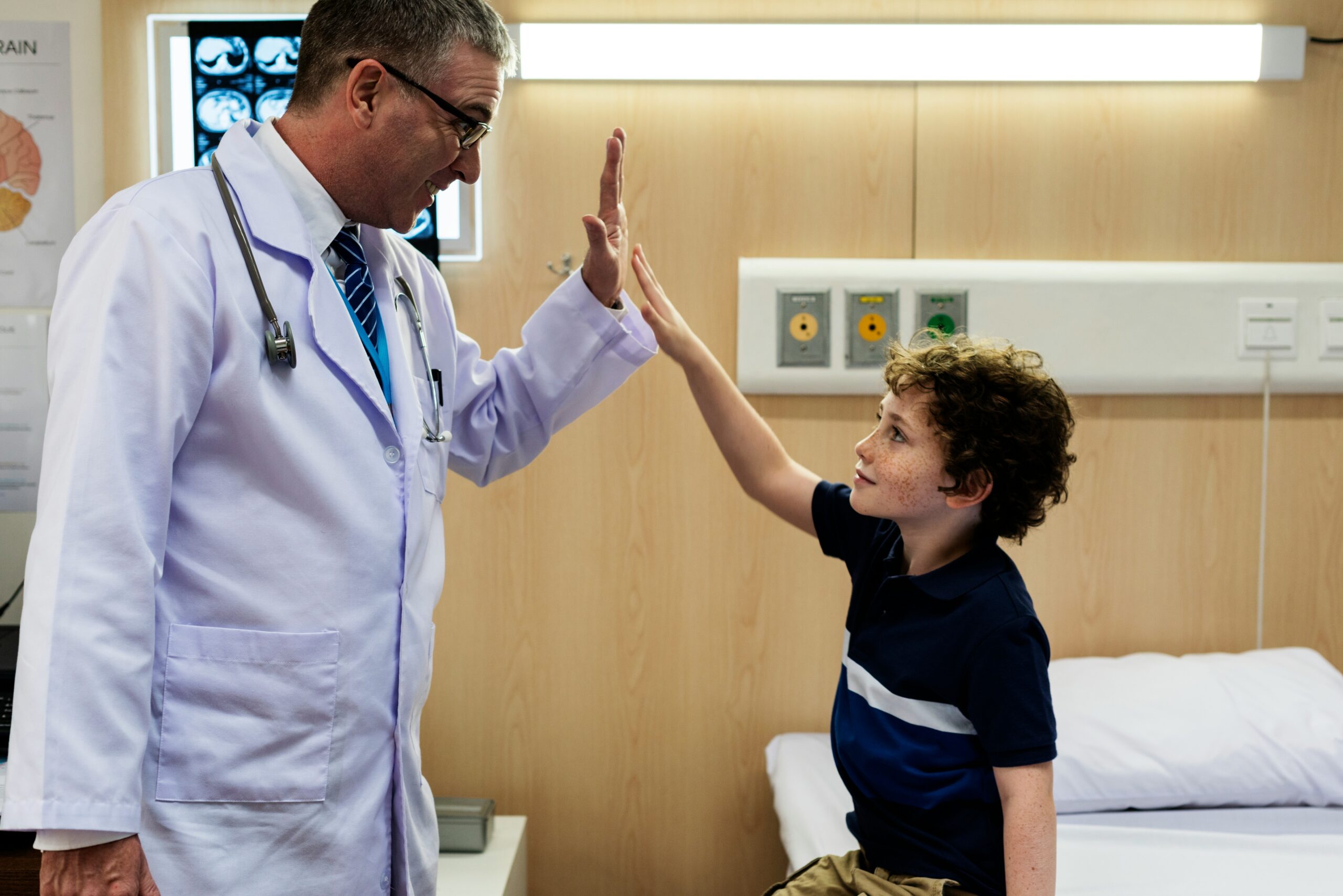Mentoring the Next Generation of Doctors to Embrace Philanthropy in Modern Healthcare

Doctors carry more than medical knowledge. They have trust, respect, and influence. These qualities make them natural leaders in society. When they combine medical skills with philanthropy, their impact grows far beyond the clinic. Mentoring the next generation of doctors to embrace philanthropy ensures that tomorrow’s healthcare leaders see service as central to their work.
Philanthropy in medicine is not only about money. It is about offering time, compassion, and expertise to people and communities who need it most. By shaping young doctors to view generosity as an integral part of their profession, mentors create a lasting legacy that benefits society for years to come.
The Importance of Philanthropy in Healthcare
Philanthropy strengthens healthcare systems in countless ways. Free clinics, vaccination drives, and medical research often rely on charitable contributions of time and resources. Without philanthropy, many vulnerable communities would not have access to even basic care.
For doctors, philanthropy goes beyond professional duty. It connects them to humanity on a deeper level. A physician who offers free checkups to rural families, or a surgeon who teaches young students from disadvantaged backgrounds, makes a difference that lasts far longer than one appointment.
When young doctors see philanthropy as essential to healthcare, they learn that healing extends beyond treatment. It is also about addressing barriers to care, supporting communities, and building trust with patients who may feel left behind.
How Mentors Shape a Giving Spirit
Mentors play a unique role in shaping the outlook of young doctors. Medical students spend years observing senior physicians. They learn not only how to diagnose diseases but also how to carry themselves as professionals. This is where the seeds of philanthropy can be planted.
A mentor who shares stories of their volunteer work or contributions to a cause demonstrates that service is part of being a doctor. Even small gestures—like donating books to a medical library or volunteering at a school health fair—teach lessons that no textbook can.
Mentors can also guide young doctors on balancing philanthropy with personal and professional life. Many students worry that they will not be able to contribute much during training. By showing them that small acts matter, mentors help them build habits of generosity that will grow with their careers.
Practical Ways to Introduce Young Doctors to Philanthropy
Mentoring the next generation of doctors to embrace philanthropy is most effective when paired with real-world experiences. Young doctors often feel motivated when they have direct opportunities to give back.
One approach is encouraging participation in community health projects. Local health fairs, free vaccination clinics, or wellness seminars allow young doctors to apply their skills while serving those who cannot afford care. These experiences demonstrate how even simple efforts can lead to meaningful change.
Medical schools and hospitals can also partner with charities to provide structured volunteer programs. These include rural outreach, mentorship for underprivileged students, or disaster relief missions. When young doctors see how their contributions improve lives, they are more likely to continue these efforts throughout their careers.
Mentors should also teach the value of advocacy. Speaking out for better access to healthcare, raising awareness about public health issues, or supporting policies that protect vulnerable groups are also forms of philanthropy. Doctors who use their voices for good can reach thousands beyond their own patient list.
Role Models and Inspiring Stories of Generosity
Stories inspire far more than instructions. Mentors can share real-life examples of doctors who built careers around philanthropy. These role models demonstrate to young doctors that generosity is not an obstacle to success, but rather a foundation for it.
For example, many physicians dedicate part of their careers to working in underserved regions, whether locally or abroad. Others set up scholarship funds for future medical students or establish nonprofit clinics. Each story highlights that philanthropy comes in many forms, and no contribution is too small.
Mentors can also highlight alums from their own institutions who combined successful careers with service. When students see people from similar backgrounds making a difference, it feels more achievable. This sense of possibility motivates them to follow the same path.
Building a Culture of Giving for the Future
Philanthropy thrives when it becomes part of culture. Mentoring the next generation of doctors to embrace philanthropy means creating environments where generosity is celebrated, supported, and sustained.
Medical schools can integrate service into their curriculum. Reflection sessions, community projects, and recognition awards all reinforce the idea that giving is part of medical excellence. Hospitals can showcase philanthropic efforts during annual events, highlighting doctors and students who dedicate time and resources to service.
Mentors should emphasize that philanthropy benefits both giver and receiver. Doctors who give back often feel more connected to their purpose, less burned out, and more fulfilled in their profession. This emotional reward makes philanthropy sustainable over the long term. As each generation of doctors learns from the one before, a cycle begins. Today’s students become tomorrow’s mentors. By embracing philanthropy now, they will inspire future doctors to do the same. In this way, the culture of giving in medicine grows stronger with each passing year.
Additional Information
- Blogs
- medical skills, next generation of doctors, philanthropy sustainable
- Dr. Seth Eidemiller